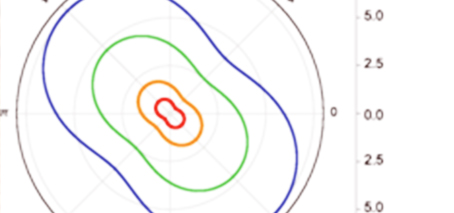A study by FLEET’s UNSW researchers looked at spin-orbit interaction at the two-dimensional interface between common semiconductor materials. A new semi-analytical method was developed for analysis.
Spin-orbit interaction (SOI), is the interplay between electrons’ inherent angular momentum (their quantum spin) and their orbit around an atom’s nucleus. This interaction is key to the function of topological materials, which are studied at FLEET for their potential to form ultra-low resistance pathways for electrical current.
Results of the study agree with experimental results, indicating that this method can be applied to further studies of this key mechanism.
In certain semiconductors, it may be possible to control spin-orbit coupling via applied electrical field, which would provide a high degree of tunability and flexibility.
The study was published in APS Physics’ Physical Review B (condensed matter and materials physics) in February 2017, where it was chosen as an Editor’s Choice.
This was lead author Elizabeth Marcellina’s first published paper. Co-author FLEET Investigator Prof. Alex Hamilton leads Research Theme 1, in which he directs the study of artificially engineered topological materials. Dimi Culcer studies quantum transport in topological materials to understand the criteria for protection against dissipation and discover new functionalities.
This work has been supported by the Australian Research Council through the Discovery Project Scheme.

